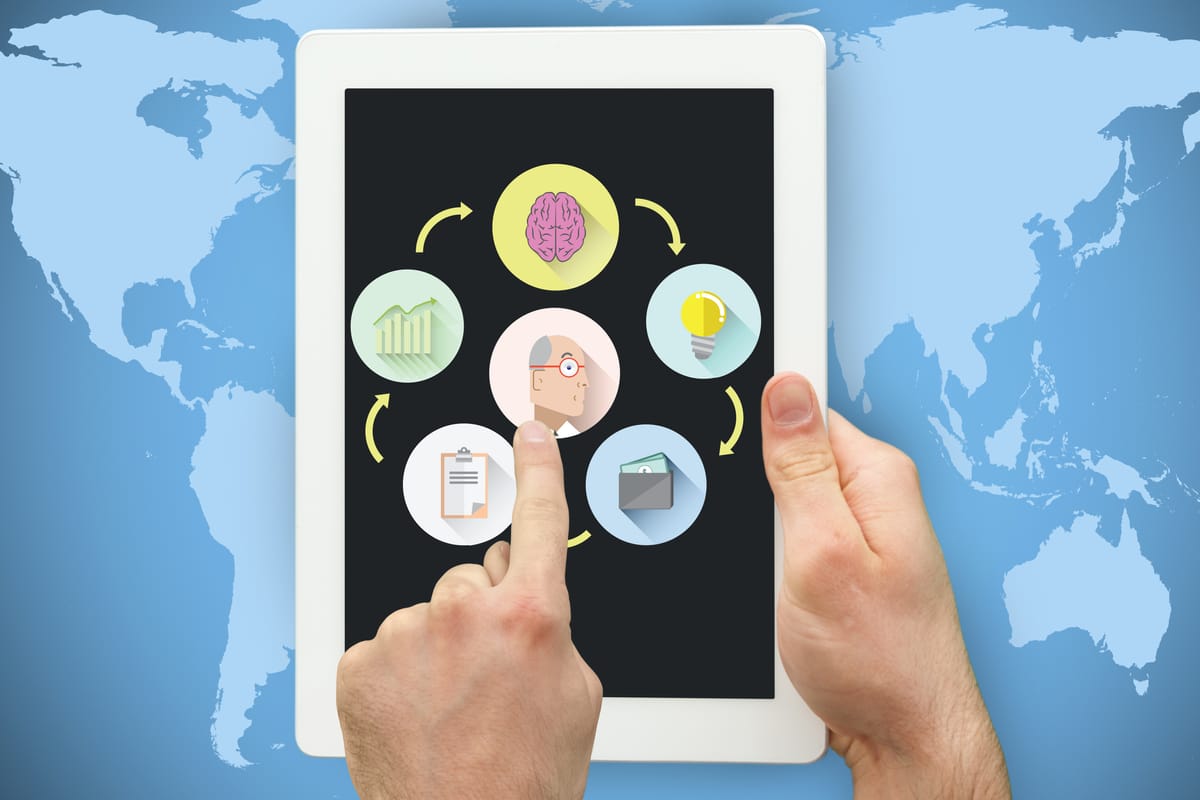How to Conduct Customer Journey Mapping

When prospects and customers interact with your brand, they take a journey spanning multiple touchpoints and channels. And their perceptions from each moment accumulate to shape their experience.
It's no longer sufficient for companies to narrowly map customer journeys within siloed channels or transactional processes like sales funnels. In today's complex omnichannel landscape, understanding the unified, end-to-end journey has become imperative.
That's why customer journey mapping has emerged as an essential technique for businesses to visualize and analyze the entire customer experience from awareness and initial engagement through to purchase and ongoing brand interactions. Done right, journey mapping illuminates opportunities to reduce friction, strengthen loyalty, and design for delight.
Here's a framework for conducting an effective, data-driven customer journey mapping initiative:
Start with Target Personas
The first step is having detailed customer/buyer personas to focus your mapping efforts. These research-based profiles define your key audience segments via attributes like demographics, motivations, preferred channels, objections, decision criteria and more. They identify who you need to design ideal experiences for.
Outline Goals and Scenarios
Next, determine the specific scenarios or objectives you want to map based on business priorities. For example, your goals could include boosting conversion for a new lead generation campaign, improving NPS scores for a loyalty program, or streamlining the user onboarding experience.
Define the Journey Stages
Identify the key phases or milestones comprising the end-to-end journey for the specified scenario and audience. For example, this could span the initial trigger event, information gathering, consideration set creation, purchase/sign-up, onboarding, account usage, renewal/repurchase, peer advocacy, and churn or departure.
Map All Touchpoints
Within each stage, precisely map out every touchpoint and interaction customers have with the brand across physical locations as well as screen experiences like websites, emails, SMS, mobile apps, ads, kiosks, sales calls, support interactions and more. This journey mapping spans both online and offline channels.
Gather Customer Data
To bring the journeys to life, you'll need a mix of quantitative data like web analytics, CRM records, sales and call center logs to understand what actions happened when. But the most valuable inputs come from directly observing or gathering qualitative voice-of-customer insights into the "why" behind their motivations, emotions, pain points and more at each step.
Techniques like ethnographic interviews, usability testing, field studies, surveys, and social media conversations are crucial here. Analytics alone won't expose unconscious hesitations, frustrations or delight factors influencing behaviors.
Visualize the Journeys
Using input from quantitative analytics combined with qualitative VOC data, you can construct detailed visualizations that map out each step of the journey. These visualizations surface not only the rational process flow but also the emotions, thoughts, key motivators, and friction points influencing actions along the way.
Identify Gaps and Areas for Improvement
With this holistic understanding of how customers move through journeys, you can analyze where pain points or inconsistencies exist across touchpoints. What gaps or roadblocks inhibit progress or negatively influence sentiments? Where are there disconnects between channels? Which micro-moments wield disproportionate influence over outcomes?
Armed with this insight, you can ideate tactics to eliminate friction, strengthen positive moments, personalize interactions, and thoughtfully reorient journeys for peak performance.
Build and Iterate
Customer journey mapping shouldn't be a one-and-done exercise. As new improvements are implemented, you'll need to continuously observe how journeys and behaviors evolve in response. The best companies establish processes for consistently auditing and iterating journeys based on changing customer expectations and business dynamics.
VoC programs, experience monitoring tools, design thinking workshops, and strong cross-functional collaboration all play a critical role in keeping journey maps updated and actionable over time.
With analytical rigor and human-centric techniques, journey mapping unlocks unparalleled insights into the nuances driving customer attitudes, behaviors and decisions. Companies that prioritize designing world-class, end-to-end journeys will earn a sustainable experience advantage over competitors.




